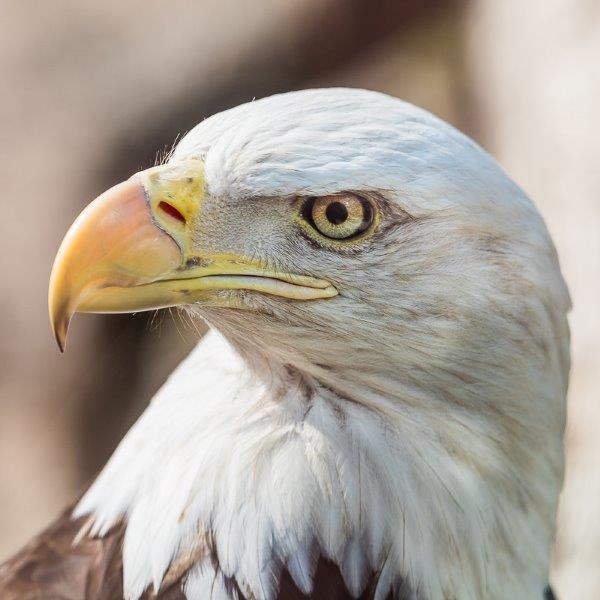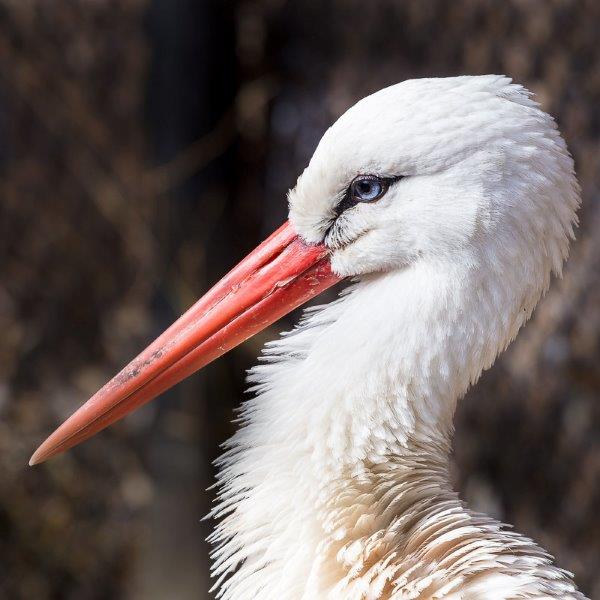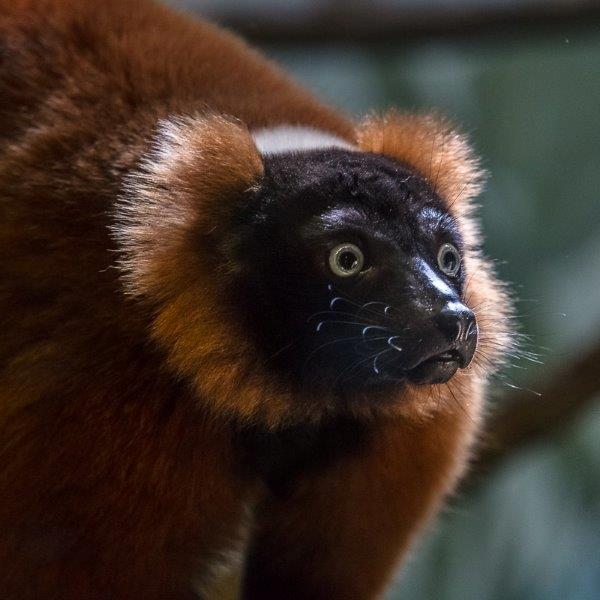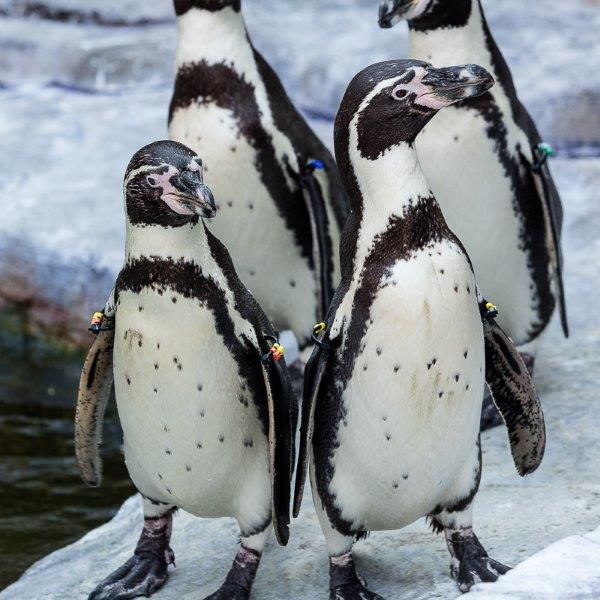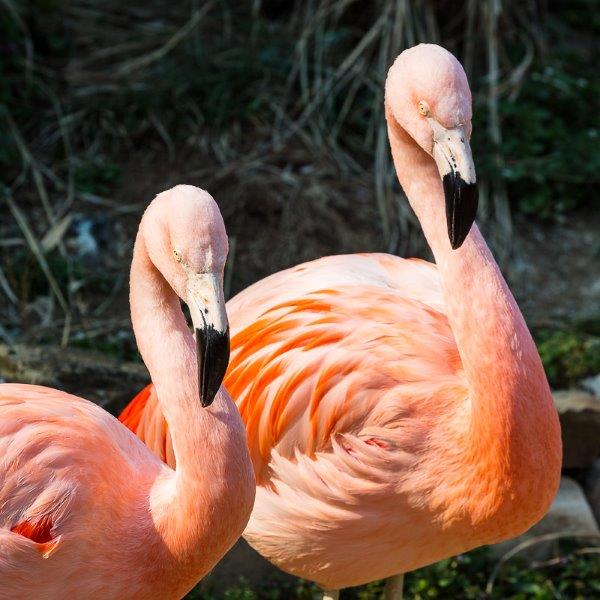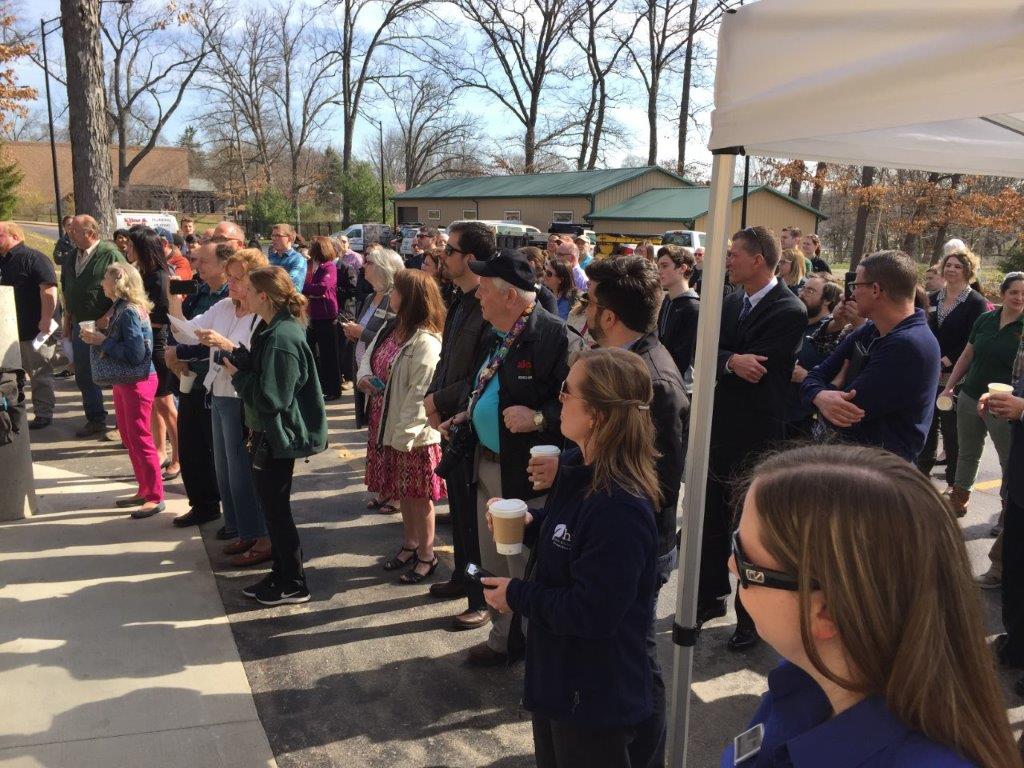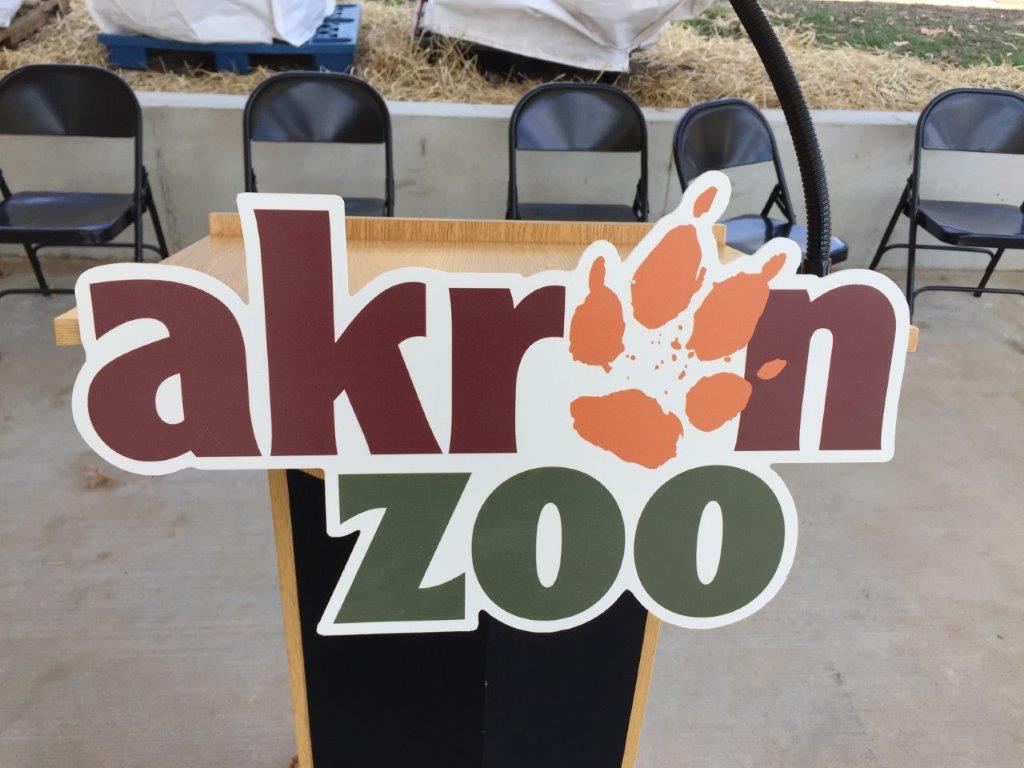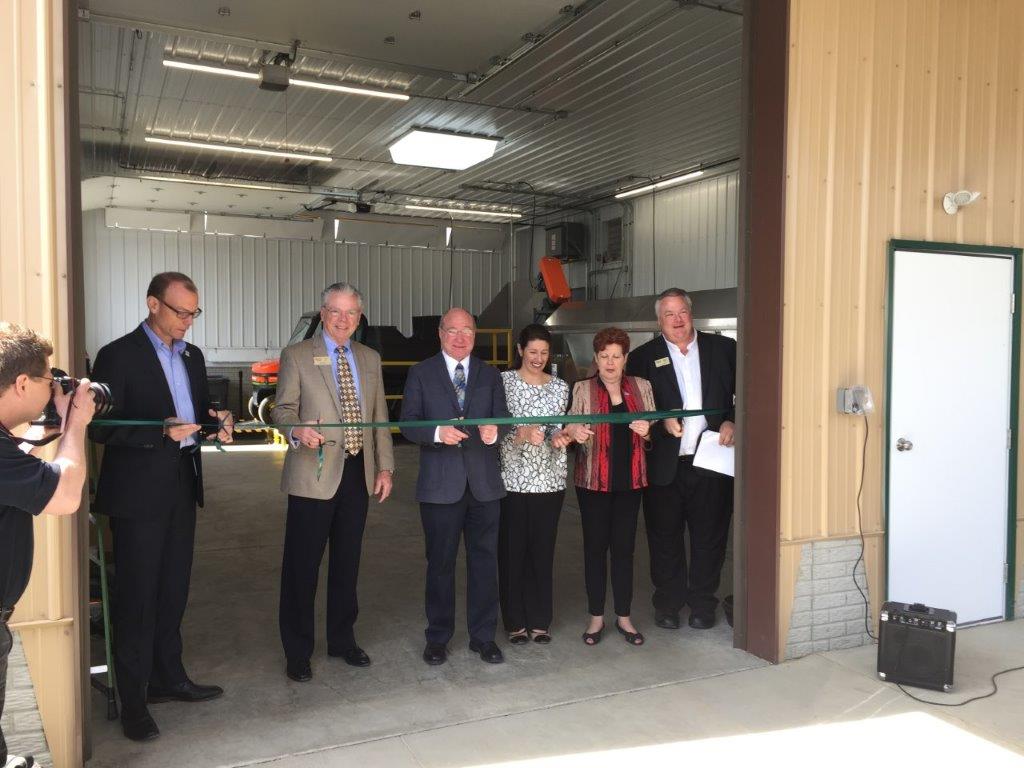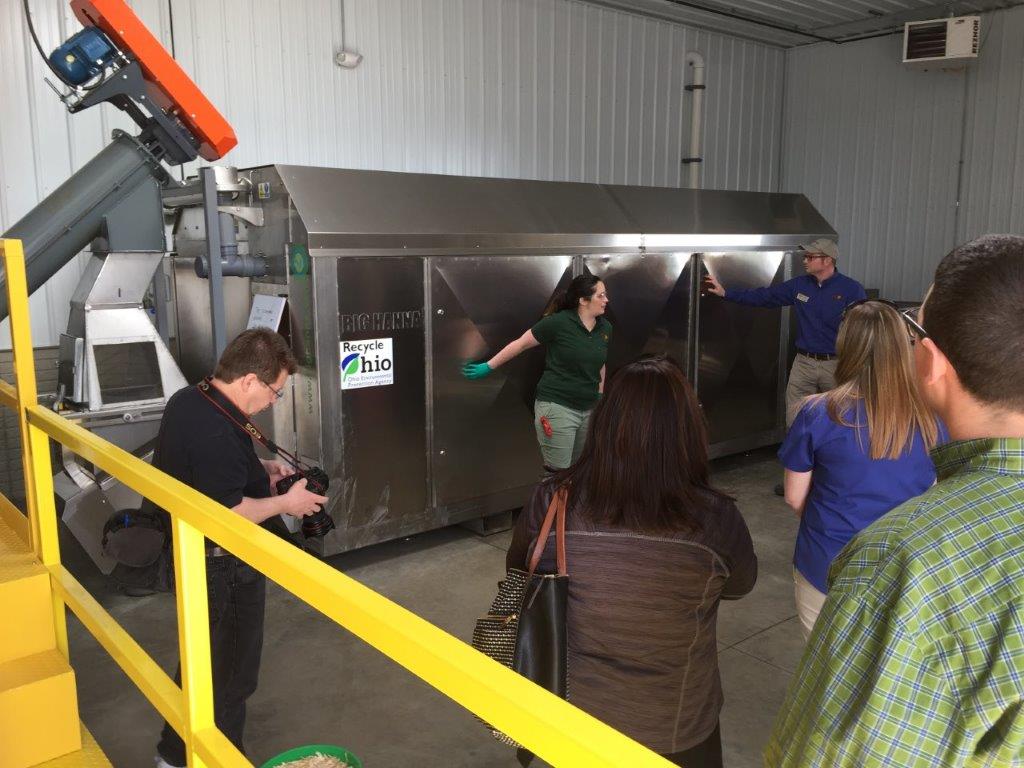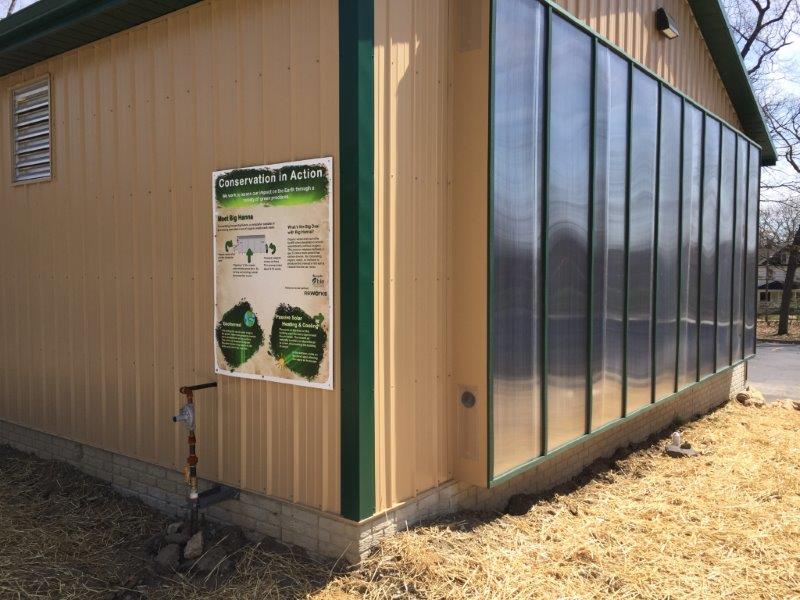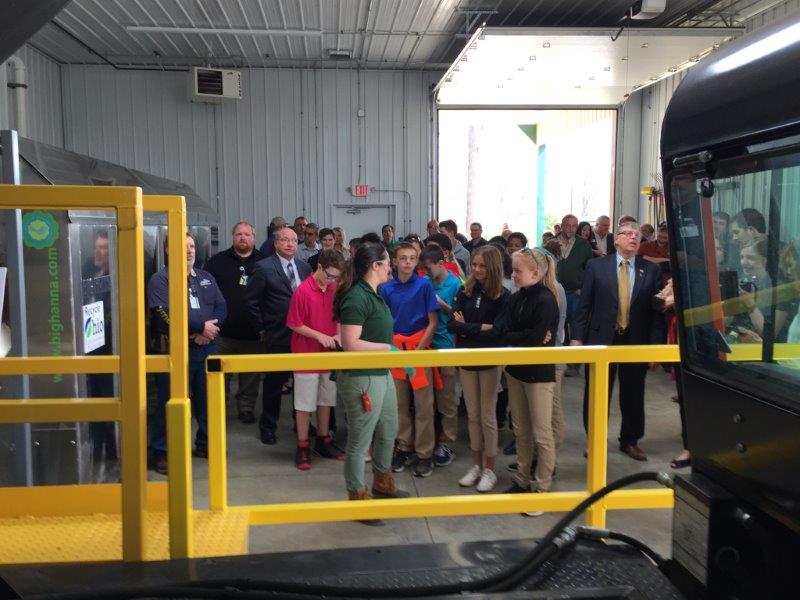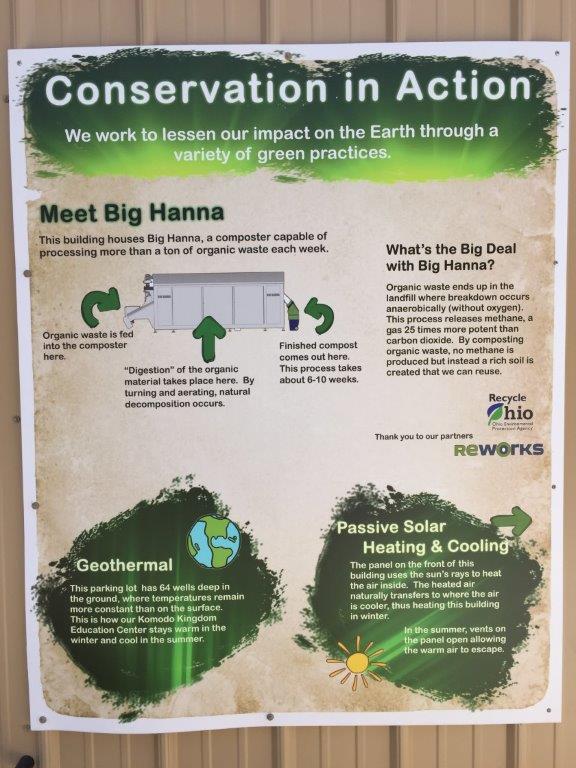Top quality compost from Big Hanna is used by Val-de-Marne departement, France
The ‘Val-de-Marne departement’ is one of the three departments that form a ring around Paris. Val-de-Marne decided in 2014-and 2015 to convert their food waste to compost and installed two Big Hanna composters – one model T120 at their Technical department office area and one model T240 at the school Lycée Adolphe Cherioux. In the Big Hanna composters food waste from the canteens are composted. The produced compost has been analyzed and reaches the result NFU 44-051 (click here). The compost is being used in parks and gardens in the department and also in many growing trials.
At my visit in beginning of October Mr William DESCAMPS Charge of projects at Délégation générale au Développement Durable and Mr James THEBAULT (Conseiller technique) in Val-de-Marne departement gave me a guided tour at the installation in their Technical department.

Compost from Big Hanna being used in Lasagna Bed
The technology they are using in their trials is called ‘Lasagna bed’ and of course it is the lasagna that gave the name to the ‘Lasagna bed’, layers on layers on layers on layers…
It is a technique of putting layers of brown waste (straw, leaves), green waste (mowing grass) and compost, which could fertilize a soil.
When using the ‘Lasagna bed’ technology in their different trials the compost comes from Big Hanna. The compost is stored in compartments like the one in the photo after discharged from the Big Hanna.
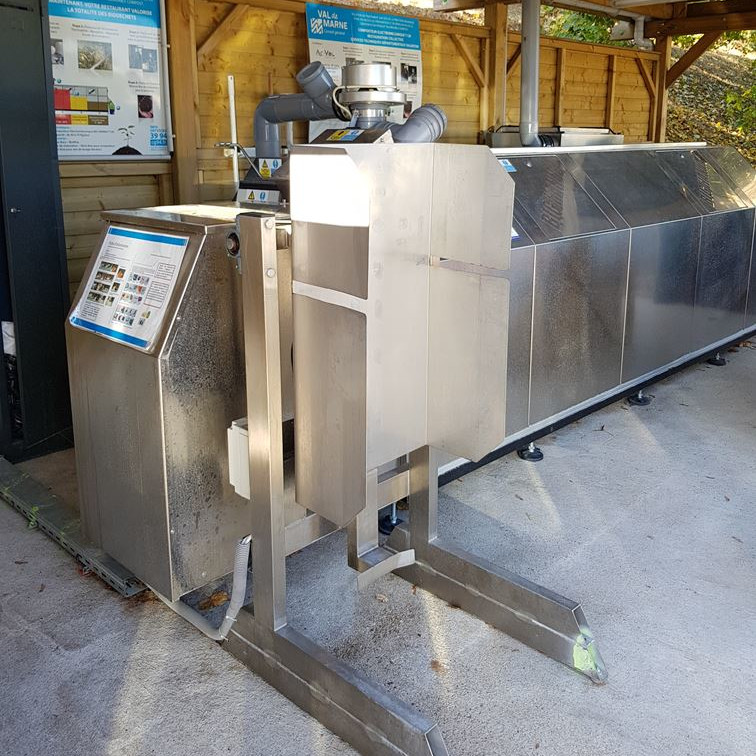
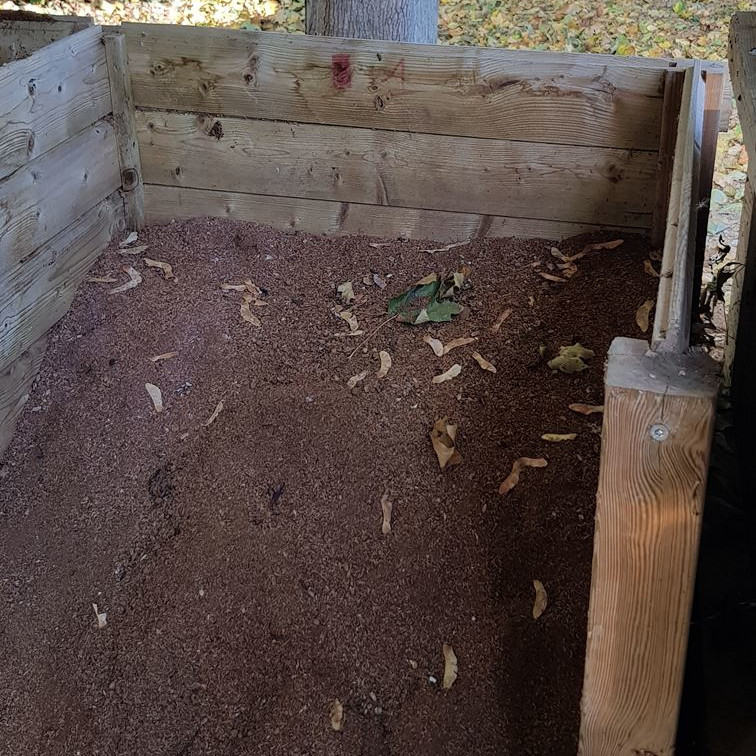
We visited the test site at Valenton Technical department and the results are very promising showing that the Lasagna beds with the compost from Big Hanna are giving plants extra nutrition. The pictures below show a hazel plants, the one on the left has ‘normal’ soil and the one on the right is planted on a lasanga bed. As you see in the picture to the right it is both higher and much more vigorous.

Another study – Ebipol, by UPEC, Université Paris-Est Créteil
The Ebipol scientific experiment done by was started in 2014 (see video) and on my visit I saw the pictures from this study – very impressive! Flowers were planted on ‘Lasagna bed’ with Big Hanna compost, as well as on sterile soil – ‘Terre Nue’ and on topsoil ‘Terre Vegetalisee’.
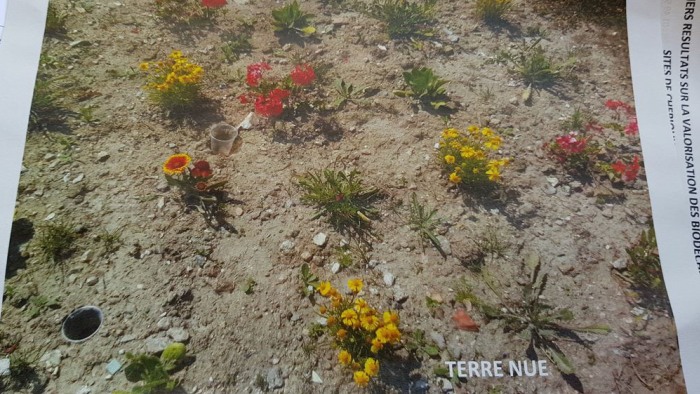
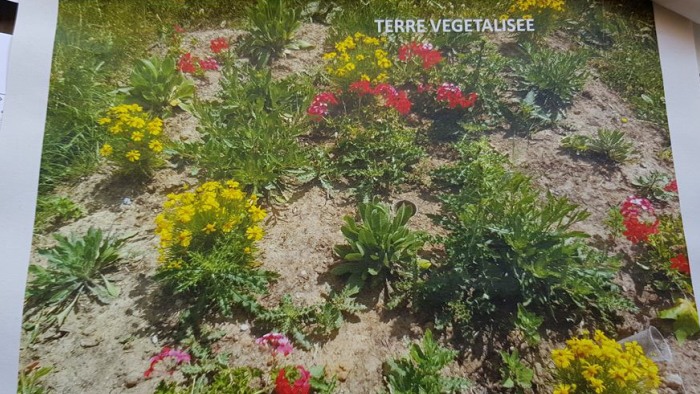
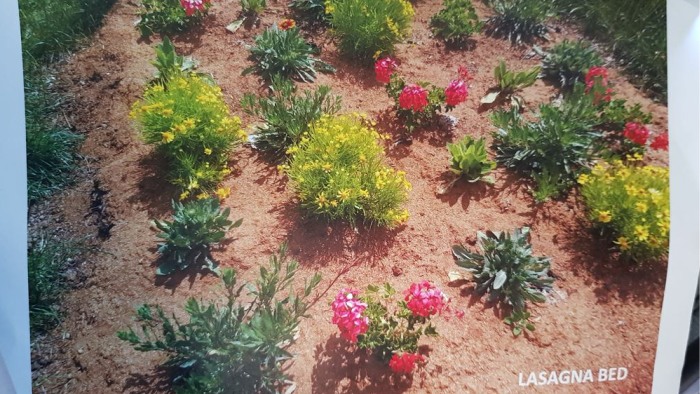
De första slutsatserna visar en mycket större utveckling av plantor på odlingslotten med en „Lasagnebädd”. Lasagnebädden fungerar som ett kraftfullt naturligt gödningsmedel. Som kan ses på „Terre Vegetalisee” och „Lasagna bed” -bilderna, hjälper det också till att förhindra utveckling av ogräs.
As you can hear in the video (in French) this project aims to reactivate the biological activity of soils using building embankments or inert soil from deep soils, recovered during construction sites in Greater Paris. ‘If we spread inert soils on urban wasteland in a layer of one meter and we add a ‘Lasagna bed’, we are generating a new fertile soil, explains Philippe Mora, professor at the UPEC. The introduction of earthworms facilitates the process. They favor the degradation of the vegetable matter and will incorporate the lasagna bed in the soil by plowing it.’
This is an on-going project which will be under observation for five years in total.
